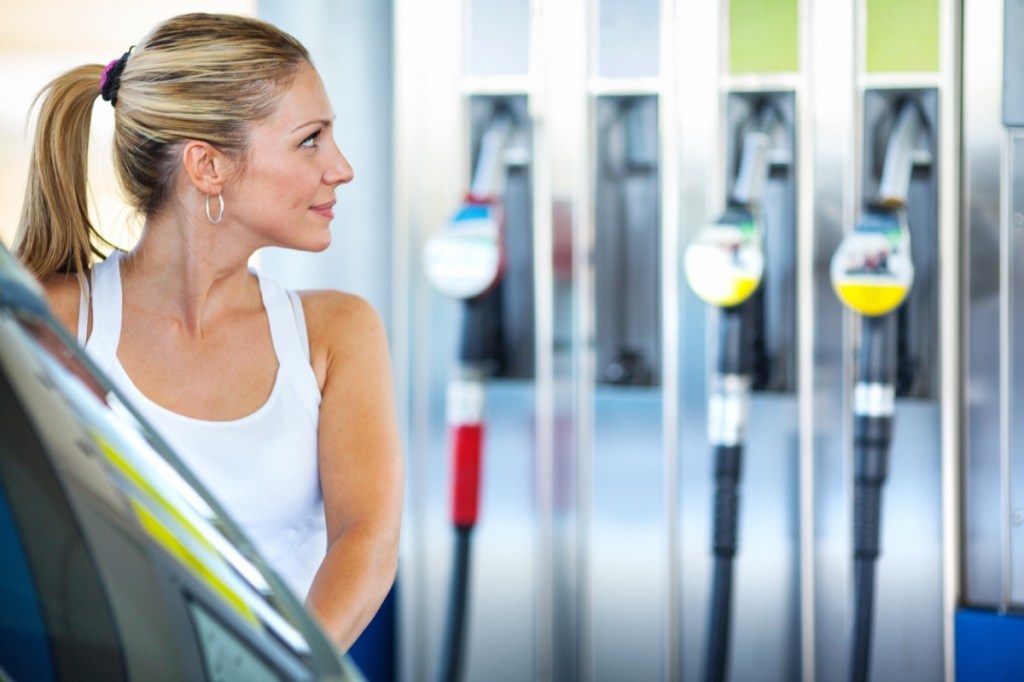You may not have read it yet. However, the latest ACCC report into Australian fuel prices claims that independent petrol retail chains had the cheapest petrol in Australia’s eight capital cities in 2020.
This is probably not the most startling revelation for those of you who compete for fuel sales daily.
The regulator highlighted that in Sydney there were six independent chains with average prices below the market average price, representing about one-in-four of more than 800 retail sites.
The ACCC explains a motorist could have saved $455 in the year by choosing to fill up at the lowest-priced independent chain rather than the highest-priced major retailer.
In theory, the ever-vigilant motorist would think filling up at these cheaper priced independents was money for jam. But nothing is ever that simple.
To help you understand how the motorist is reacting, I took a look at Campbelltown in Greater Sydney’s outer southwest.
I chose Campbelltown to review because there is a strong spread of brands and ownership types. There are 39 service stations with majors operating 28 locations and independents 11. When it came to pricing in Campbelltown, for the month of April 2021, the data shows the independents were between 7.3 cents per litre (cpl) and 20.8cpl below the majors.
This tells us a lot about the competitors’ board price and concurs with the ACCC. However, none of this tells us much about where the motorist is buying their fuel. That is down to market share, which can be broken into two distinct metrics, service station share, and more importantly volume share.
Station share simply tells us that independents control 28.21 per cent of the market compared to the majors at 71.79 per cent.
Metro was the largest independent by service station share with four locations or 10.25 per cent of the sites. Westside has two service stations, with Budget, United and Speedway one each. There are two unbranded independents as well. As for the majors, EG Woolworths has the largest service station share of the majors at 20.51 per cent, eight locations. 7-Eleven and bp have six, Ampol has five and Coles Express has three in the area.
Volume share, based on the number of measured transactions, gives a deeper insight and goes directly to the motorist’s behaviour.
In Campbelltown, when it comes to actually selling fuel, bp and 7-Eleven are the best performing brands. Each holds a service station share of 15.38 per cent, while commanding a volume share of 23.82 per cent for bp and 23.41 per cent for 7-Eleven. The best performing independent brand is Speedway with a service station share of 2.56 per cent and volume share of 4.36 per cent. Speedway was also the only independent to sell a greater level of volume compared to its share of service stations.
Other independents did not perform well on the ratio of service stations to volume share. Budget and United with a service station share of 2.56 per cent each had a volume share of 0.7 per cent for Budget and 0.9 per cent for United. Westside with two service stations, 5.13 per cent station share, had 1.5 per cent volume share; with Metro holding 10.3 per cent of the sites only selling 4.9 per cent of the volume for the area.
Do not think that only independents sold less volume than their service station share should command. Coles Express with a service station share of 7.69 per cent, sells 4.74 per cent of the volume share. EG Woolworths were similarly below their service station share (20.51 per cent) when compared to volumes (19.18 per cent).
There are many factors that entice a motorist to a service station including location, brand, and price.
Reviewing the Campbelltown market, where there is a strong mix of independents and majors, indicates that independents are failing to attract customers, even though they heavily discount their price.
This article was written by Nic Moulis for the August / September issue of Convenience & Impulse Retailing Magazine.

